









A MEGADIVERSE COUNTRY
Ecuador es el país más megadiverso del mundo por metro cuadrado, en apenas 283.561
square kilometers (0.2% of the planet's land mass), it houses:
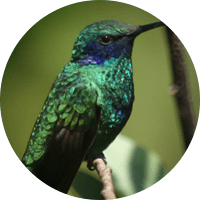
1699 species,about 18 percent of the world's birds, 7 are endemic species unique to the country.
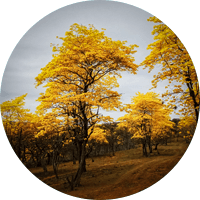
62 protected areasat the national level dedicated exclusively to conservation; Ecuador has 18 million hectares preserved, between marine and terrestrial areas, which represents more than 13.67% of the national territory.

3800 speciesof vertebrates (9.2 species per 1000 km2)
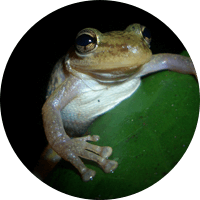
With approximately 579 species,of which 241 are endemic. The amphibian fauna of Ecuador is the third most diverse in the world.
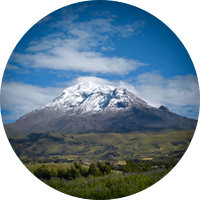
27 potentially active volcanoes in Ecuador,including the volcanoes of the Galapagos Islands.

4,232 species in Ecuador,of which 40% are unique to Ecuador.

More of110 beautiful beachesdistributed in five provinces: Esmeraldas, Manabí, Guayas, Santa Elena and El Oro, with temperatures that fluctuate between 22 and 32 degrees Celsius.
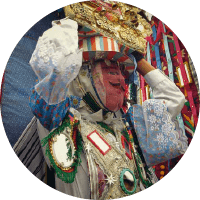
Fourteen ethnic groups, each with its language and traditions that have been kept alive for centuries and are expressed through rituals and folkloric manifestations such as Inti Raymi, Corpus Christi, Carnival, Mama Negra and other festivities that take place throughout the year. .
PATRIMONIAL WEALTH
4 UNESCO World Heritage Sites.
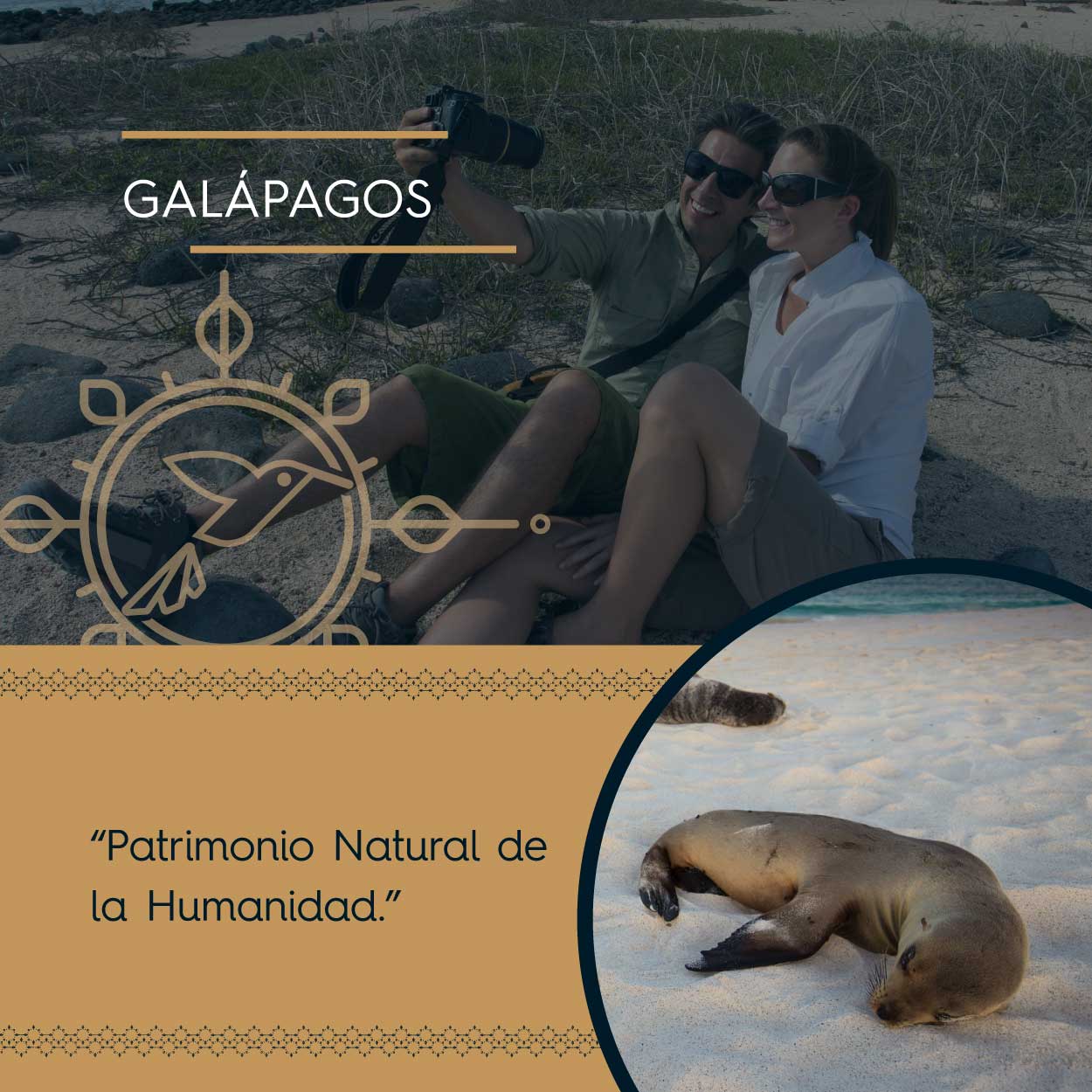
"Natural heritage of Humanity." Galapagos is magic, fantasy and nature. Located in the Pacific Ocean a thousand kilometers from the continental shelf.
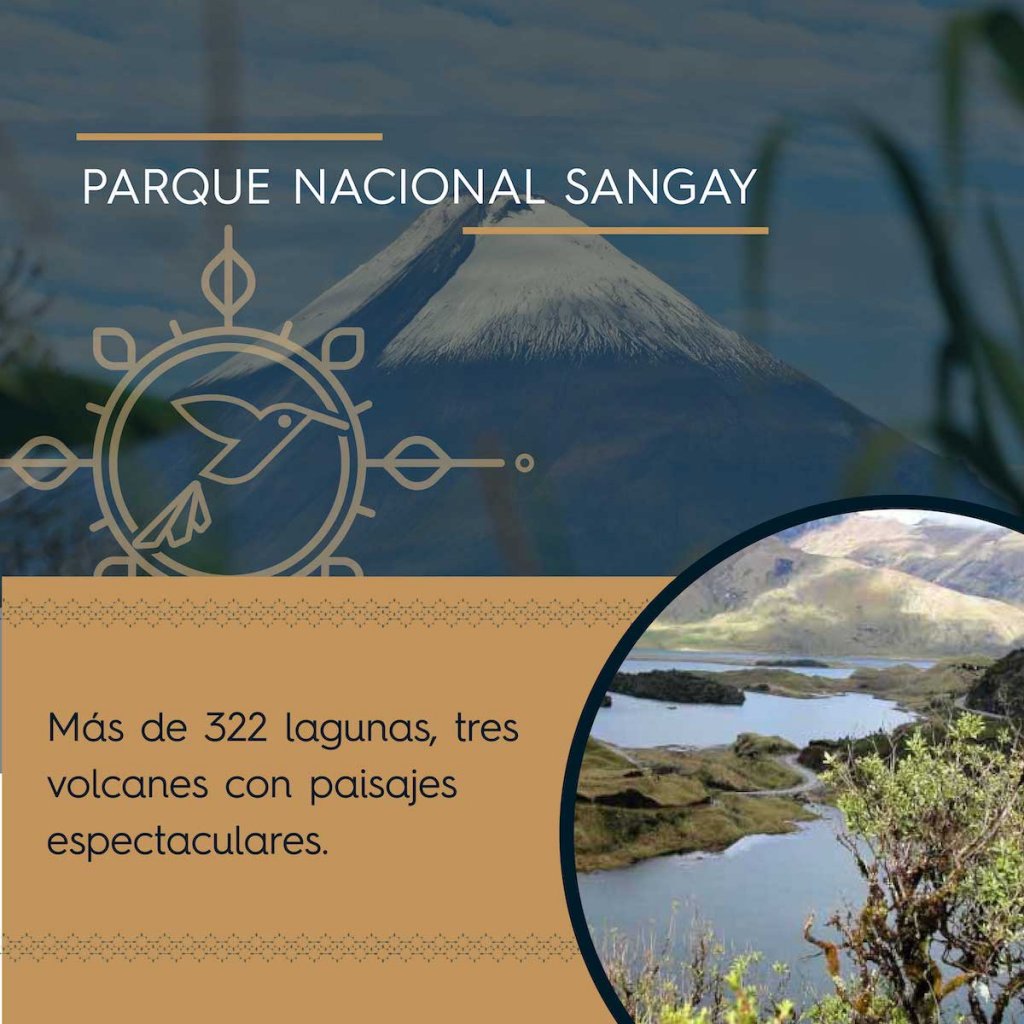
One of the most important areas of the country and the world for its network of more than 322 lagoons, three volcanoes with spectacular landscapes: El Sangay, Tungurahua and El Altar; and vast areas of upper and lower montane forest.
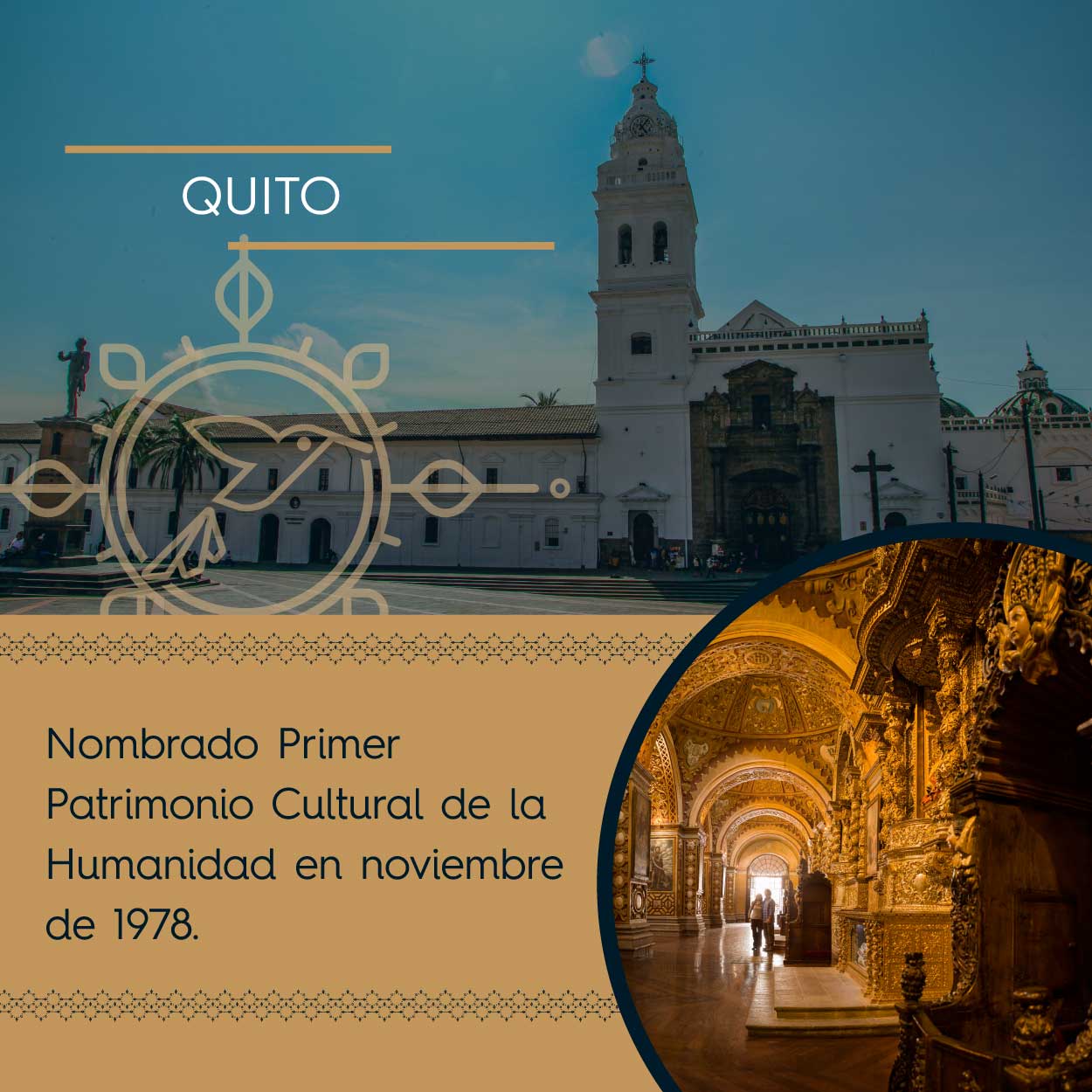
UNESCO universally recognized Quito as the First Cultural Heritage of Humanity in November 1978 due to the natural, geographical, architectural, cultural and aesthetic wealth that it possesses.
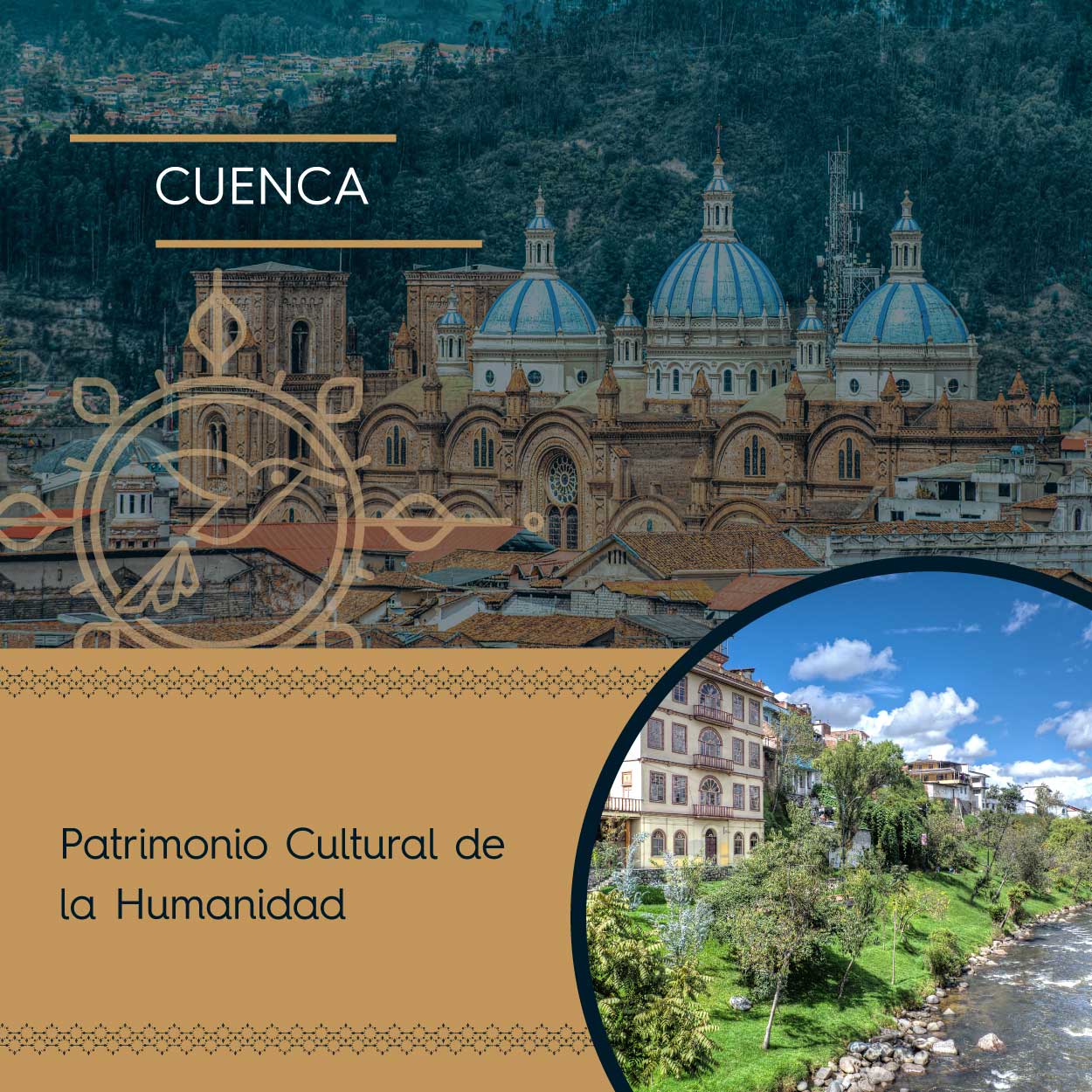
The city is a World Heritage Site, due to its privileged location, architecture, archaeological remains, artistic and literary productions, its rich oral tradition and the series of intangible elements that constitute its essence and identity: crops, food, festivals.